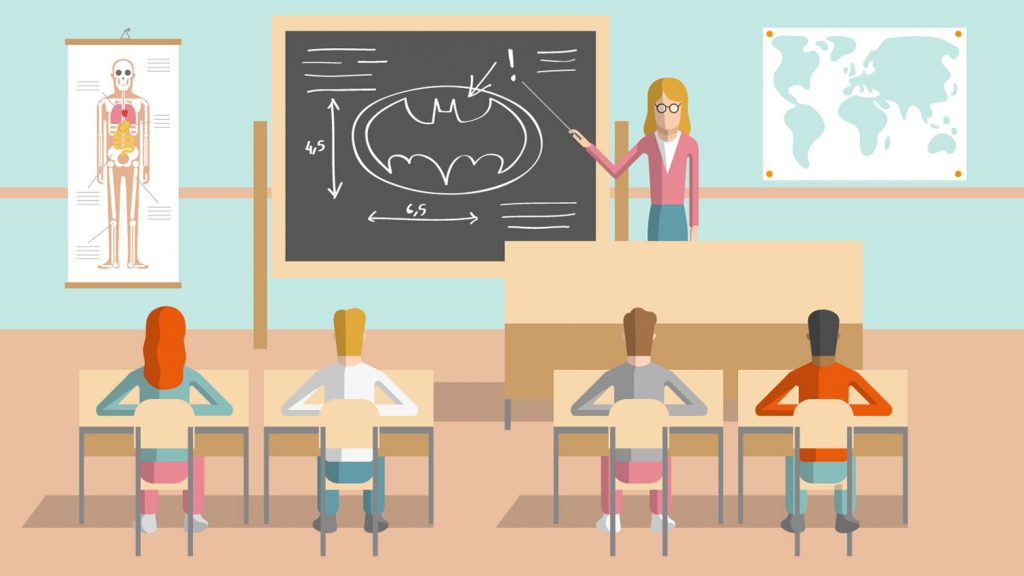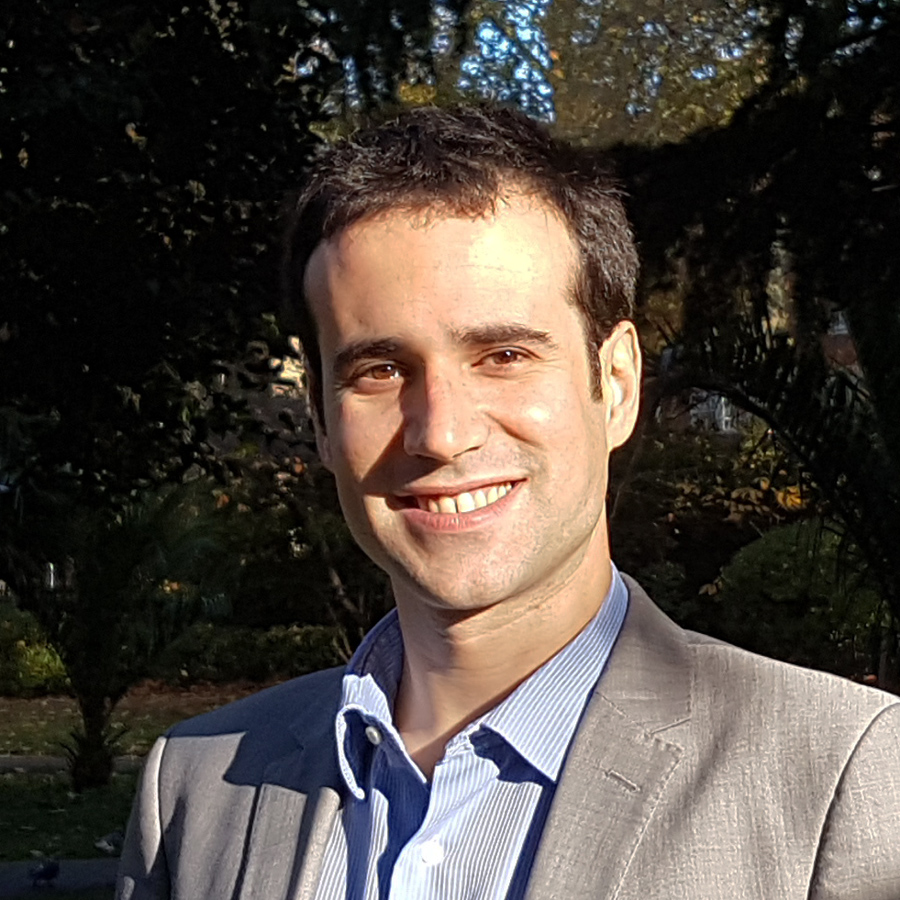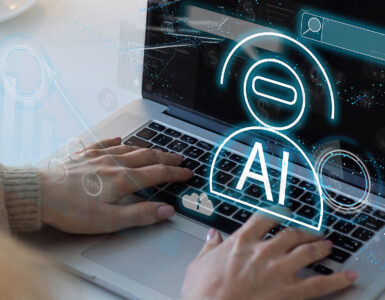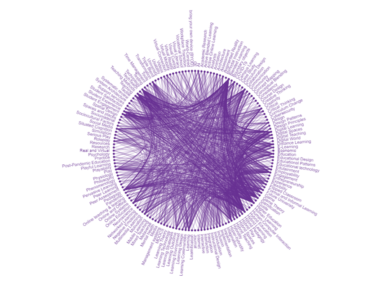Copyright law has always had a close relationship with media and learning. The world’s first copyright statute – commonly referred to as the Statute of Anne 1710 – was ‘An Act for the Encouragement of Learning’. As stated in the preamble, the Act was enacted to prevent unauthorised printing and for the ‘Encouragement of learned Men to compose and write useful Books’. In the 300 years that followed the Statute of Anne, copyright law had to adapt to rapid technological developments which made copying easier, faster, cheaper and more and more accurate. Think of cameras, photocopiers, home recording devices, smartphones and social media: copyright law had to adapt (and still tries to adapt) to all these technological innovations without losing its original function: to encourage learning and the spread of knowledge while preserving economic and moral rights of authors and creators.
The need to strike a balance between incentivising the creation of new works and allowing the public to learn from and disseminate such works is one of the main reasons why copyright law is so complicated. The way the copyright system tries to achieve its immediate goal – to incentivise the production of new works – is exclusivity: copyright law gives creators a set of exclusive rights to allow them to control the use of their work and so earn from it. In this context, ‘exclusive’ means that copyright owners can exclude others from using their work without first getting permission. In a sense, copyright is the right to say ‘no’ to anyone who wishes to copy your work. It is evident how exclusivity clashes with the ultimate goal of the copyright system: the encouragement of learning and the dissemination of knowledge. If copyright owners had absolute control over their work, the production of new works may be incentivised but their dissemination would be extremely limited. In order to avoid the creation of monopolies over the use of creative works, copyright law puts limits on the exclusive rights granted to creators. First of all, copyright does not last forever: in most countries, copyright expires 70 years after the author’s death. Second, copyright does not protect ideas, but only the expression of ideas. Also, certain uses of copyright protected works are allowed without permission because they are considered to be socially, culturally, politically or economically beneficial. These are known as copyright exceptions and – among other things – allow the use of copyright works for certain educational purposes.

So there are basically three ways to use media in education and training without infringing copyright: i) using media that are not protected by copyright (e.g. because their copyright term has expired or because they were not protected by copyright in the first place); ii) using copyright protected media with permission from the copyright owner (e.g. under the terms of an educational licensing scheme or open licences such as Creative Commons); or iii) using protected media under copyright exceptions.
The combination of educational licensing schemes and copyright exceptions should mean that teachers and students do not have to worry about seeking permission every time they want to use a copyright work for educational purposes. However, both licences and exceptions have their limits. On the one hand, using works under educational licences is safe but reusing protected materials in the creation of new work (e.g. mash-ups or video essays) is usually not covered by the licence. On the other hand, exceptions potentially allow more extensive uses but relying on them to use protected works involves risk management considerations. In fact, benefitting from exceptions often turns on interpreting concepts that are ambiguous and situational, concepts such as ‘fairness’ or ‘illustration for teaching’. Teachers dealing with copyright issues don’t like ambiguity though, they want black or white answers (e.g. ‘how many seconds or minutes can I use from a film?’).
At Learning on Screen, we want to encourage the lawful use of moving image and sound in education – both under licensing schemes and copyright exceptions – by providing authoritative and accessible guidance on copyright and creative reuse. Using innovative multimedia resources, we help teachers and researchers understand the educational and creative possibilities offered by the law with a view to enabling them to make informed decisions on copyright issues. We believe that the ambiguous concepts embedded in the legislation should be interpreted in a way that reflects current teaching and research practice, and the education sector should play a role in defining these concepts.
Join us for a discussion on ‘Law and the educational video producer’ at the Media & Learning 2019: Video in Higher Education conference.
Note: in the spirit of the conference, most links within this article are to educational videos about copyright!















